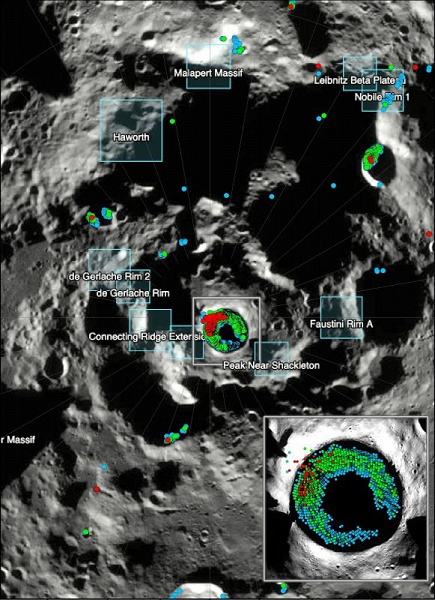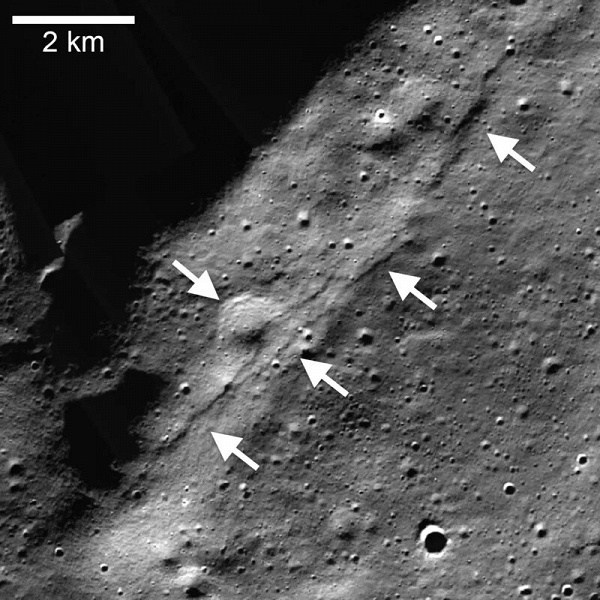Scientists warn of risk of regolith shifts
In the coming years, NASA plans to send astronauts to the lunar pole as part of the Artemis campaign. On January 25, 2024, NASA published data from a study that helps scientists better understand this part of the Moon. The study suggests that lunar seismic events and faults that occur as the Moon's internal structure gradually cools and contracts include areas near and inside some places — candidates for landing the crew of the Artemis 3.
mission
«Our model suggests that seismic activity on the lunar surface, capable of causing large moonquakes in the south polar region, may occur due to slip on existing faults or the formation of new strike-slip faults. The global distribution of young strike-slip faults, the potential for their activity and the potential for the formation of new strike-slip faults due to global compression must be taken into account when planning the location and stability of permanent islands on the Moon— said study lead author Tom Watters of the Smithsonian Institution.
The Lunar Reconnaissance Orbiter (LRO) camera aboard NASA's lunar orbiter has detected thousands of relatively small young strike-slip faults widely distributed throughout the lunar crust. They are ledge-like landforms that resemble small steps on the surface of the Moon. They form when compressive forces break the crust and push or displace it from one side of a fault up and over to the other side. The compression occurs due to the tidal forces of the Earth and the cooling of the still hot core of the Moon.

A network of seismic instruments installed during the Apollo program recorded seismic activity on the surface of the Moon. «The strongest recorded moonquake had an epicenter in the south polar region», — noted in the study.
«To better understand the seismic hazard to future human settlements on the Moon, we need new seismic data, not just at the south pole, but also on a lunar scale. Missions such as the upcoming Farside Seismic Suite will expand on measurements made during the Apollo program and add to our knowledge of global lunar seismicity», — said Renee Weber from the Space Flight Center. Marshall.

